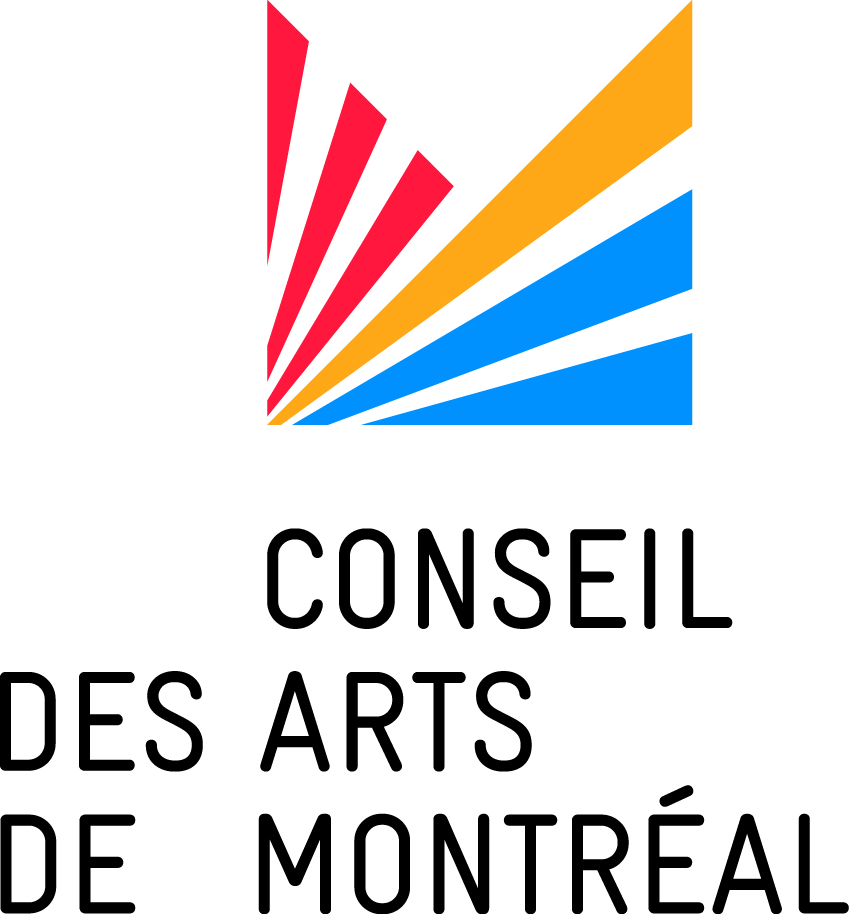
In 1979, Molinari showed his Quantifiers at the Musée d’art contemporain de Montréal. Incidentally, this was his first solo showing at an institution whose creation he had strongly advocated at the time. This event occurred more than ten years after the artist’s highly successful participation in the 34th Venice Biennale and in the landmark MOMA exhibition The Responsive Eye.
At first approach, Molinari’s new work held much surprise: in comparison with the paintings produced in the previous decade, the seventeen Quantifiers , somber and often particularly large (three measured some 10 by 20 feet !) are remarkably austere and demanding of the viewer, from whom they require both patient examination and meditative submission. All date from 1978 and 1979. It is worth remembering that after the period from 1963 to 1969 during which he produced paintings comprising evenly spaced vertical bands, Molinari worked his subsequent series within shorter time frames. Almost as if the artist were in a transitory phase – this is true of his experiments with partial columns and checkerboards, which reintroduce horizontality, and with various triangular forms – while looking forward to a new spatial structure in response to expectations both more profound and complex, and more lasting as well.
From this perspective, the body of work constituted by the Quantifiers may appear as the pursuit by the painter, notably adventurous at the time, of a new train of thought, perhaps less assertive but certainly less predictable. The same approach had marked Molinari’s presentation four years previous of his seductive Triangulaires at the Canadian Cultural Centre in Paris, a series of seven large canvasses which the important art writer Bernard Teyssèdre described in the catalogue as “marvelously balanced compositions playing to unstable rythms, with a chromatism both harmonic and refined”. In other words, the sort of classicism which from time to time marks the work of even the most radical creators. “His recent paintings are deliriously beautiful”, Tessèydre continued at the close of a text which remains one of the best studies of the painter’s work. “What saves them from the charge of being too beautiful, is that they are “deliriously” such. Molinari is only forty years old but his exemplary work has earned him a phase of balanced placidity. At this stage an observer would be hard pressed to guess what new departures were in the offing, except to affirm that Molinari holds many more surprises in store”.
This comment by the most penetrating critic of Molinari’s work had a near-prophetic quality, perhaps derived from a three-month term spent by him in the artist’s studio on Visitation street, while a guest lecturer at the Université de Montreal. “I was surrounded”, he remembered, “by Molinari’s works. One by one, each of his paintings, each of his drawings, was examined by both of us, analyzed, discussed, almost every day, and often for several hours at a time. These clashes of ideas, occasionally ironic, sometimes vehement but always marked by an intense human presence, had become a necessity for me”. On the other hand, Molinari acquired a true sounding board, something he had not had since Rodolphe de Repentigny played this role in the Fifties.
In short, it was unlikely that anyone could have guessed that Molinari’s pictural language would lead him to the Quantifiers, via the short Trapèzes series in which discrete signs of passage toward a more interior, more intimate universe had already appeared. We are reminded of the tribute to Molinari penned by David Burnett, another highly regarded apologist for Molinari’s work, on the basis of the corpus he had assembled at the MACM in 1979: “For it is one thing to maintain creative integrity in a group of small paintings or drawings: to be able to sustain that intensity over seventeen pictures as large as these is an outcome as remarkable as it is moving”. The adventure , marked by series in red and then in blue (“my mystical period”, Molinari will say with a smile), will last for a good twenty years, by far the longest stretch of work in the artist’s experience, with some highlights which are certain to seduce the viewer, including the four red panels of Danse soupir presented at his studio in 1987, and the seven blue components of Vent bleu, at the MACM in 1997.
At the Guido Molinari Foundation we have always had a weakness for these works which do not openly surrender, but which constitute as many ambiguities, as Roald Nasgaard correctly perceived : « We never arrive at a definition for the discrete form, but always to the dissolution of the form: a continuous suspense which may lead the pessimist to spiritual despair or, for the optimist, open the door to new possibilities”. (1995 MACM catalogue)
– Gilles Daigneault
Read the exhibition flyer below:






